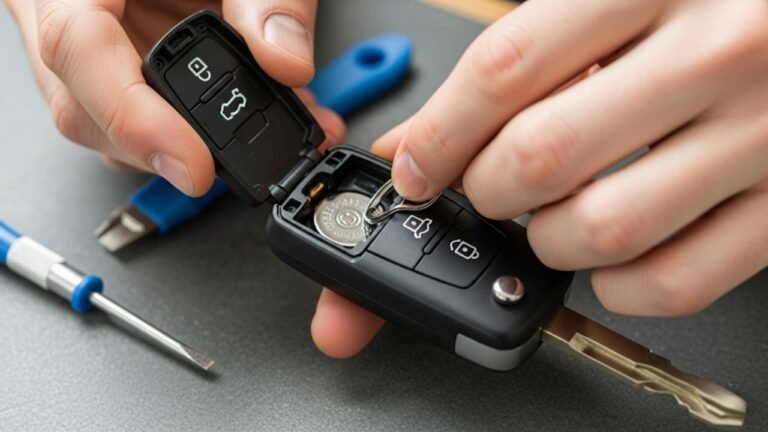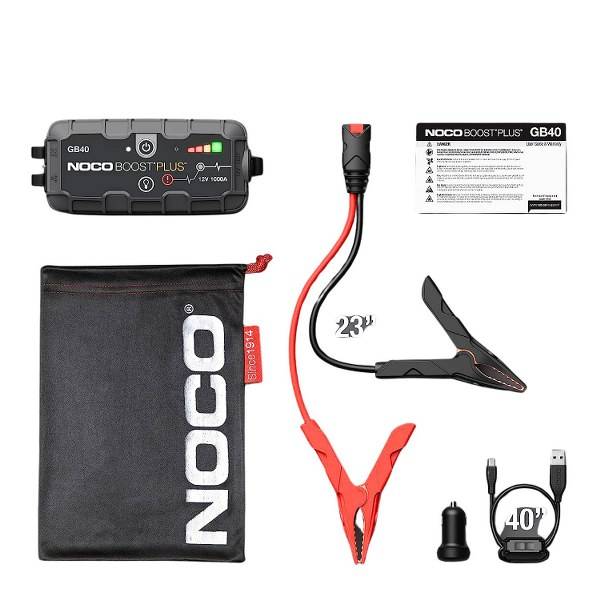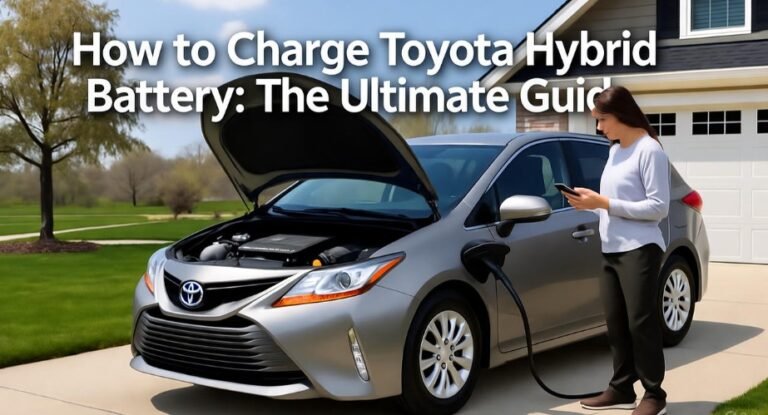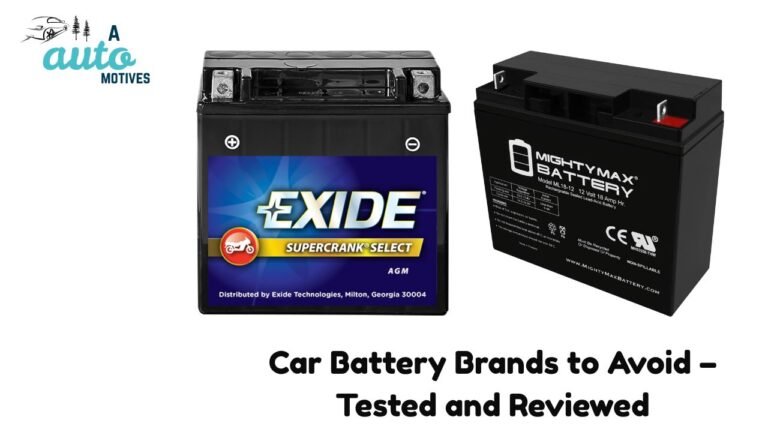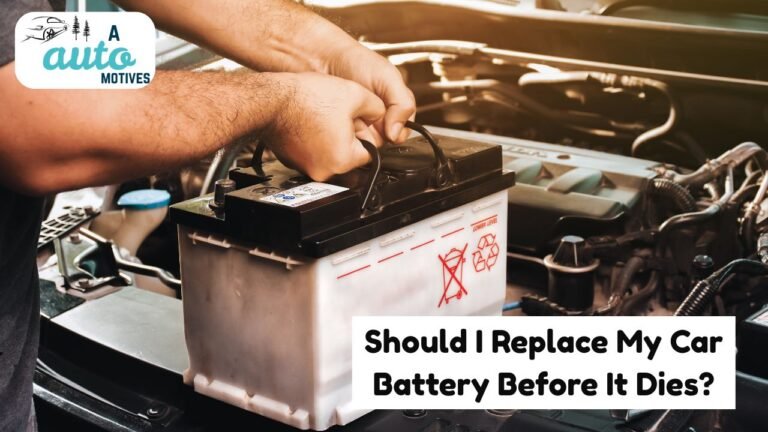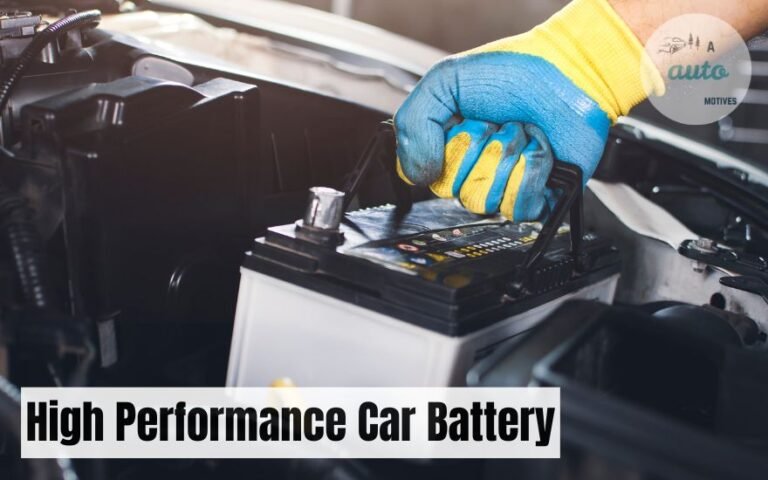How to Charge a Toyota Kluger Hybrid Battery
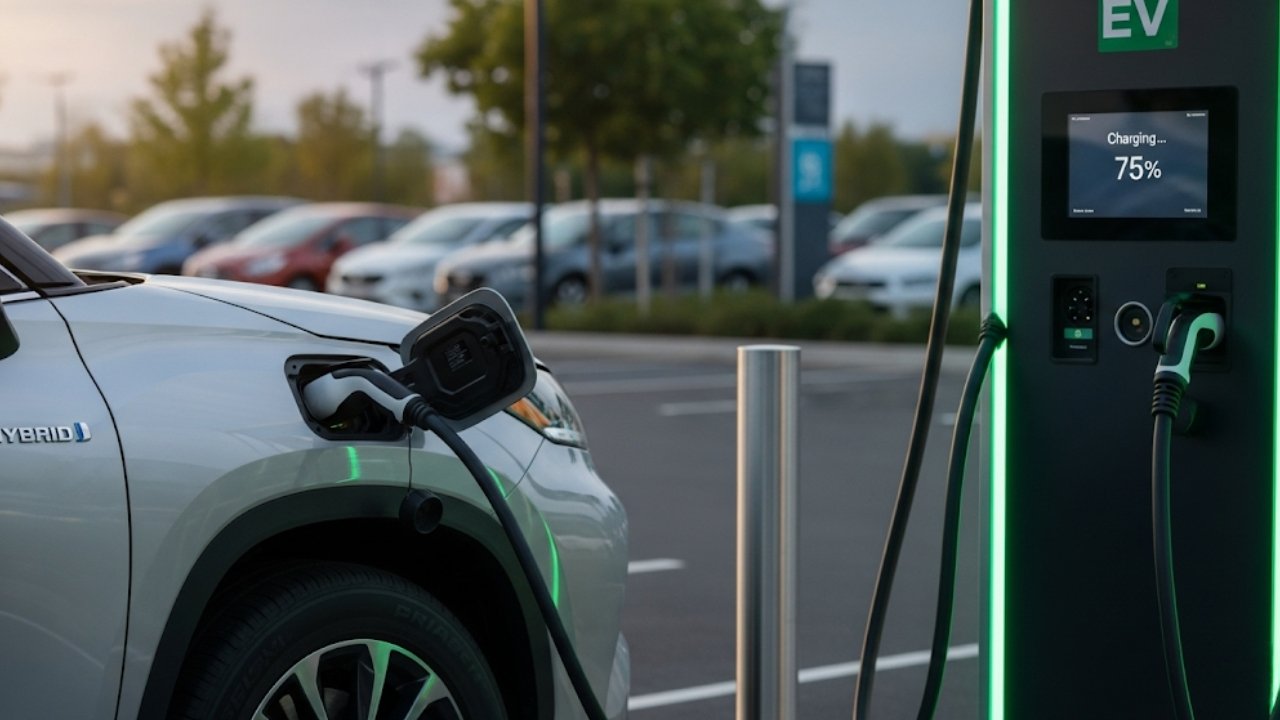
Have you ever sat in your Toyota Kluger Hybrid and wondered, “What if the battery dies on me someday?” Trust me, you’re not alone. I had the same worry when I first bought my Kluger. Hybrids are amazing—smooth, fuel-efficient, and futuristic—but that battery? It can feel like a mystery box under the hood.
Don’t worry. I’ve got your back.
In this article, I’ll walk you through how to charge a Toyota Kluger hybrid battery, step by step. Whether you’re a curious car owner, a first-time hybrid driver, or just someone who’s had a weird dashboard light flash at you one too many times, this is for you.
We’ll keep things clear, relatable, and yes—super easy to follow. Grab a coffee, relax, and let’s dive in.
Hybrid Batteries: The Heartbeat of the Toyota Kluger

Think of the hybrid battery as the heart of your car’s electric system. In a Toyota Kluger Hybrid, the battery doesn’t work alone. It partners up with a gasoline engine to give you that smooth ride with fewer fuel stops.
The car uses something called a self-charging hybrid system, which is fancy talk for: it charges itself as you drive. You don’t have to plug it into a wall like a Tesla. Sounds magical? Kind of is.
But here’s the catch—under certain conditions, you might need to manually charge or jump-start it. Dead battery? Car sitting unused for weeks? Cold mornings? That’s when you need to know the tricks.
Why You Might Need to Charge the Hybrid Battery
I remember once leaving my Kluger untouched during a long vacation. When I got back, it was as quiet as a ghost. No lights, no sound, just… silence. That’s when I realized that even a hybrid like this could need a manual push.
Here are some real-world reasons you might need to charge your Toyota Kluger hybrid battery:
-
You haven’t driven it for weeks
-
You left the interior lights or radio on overnight
-
The 12-volt auxiliary battery is drained
-
It’s winter and battery performance has dropped
-
The car’s been in storage or a shipping container
Important: The Toyota Kluger actually has two batteries:
-
The hybrid battery (high voltage) that powers the electric motor
-
The 12-volt auxiliary battery that powers the electronics and starts the system
In most cases, it’s the 12-volt battery that needs a jump or charge, not the main hybrid unit.
Key Signs Your Hybrid Battery Might Be Low
You don’t need to be a mechanic to spot trouble. Here are a few things to watch for:
-
The dashboard doesn’t light up
-
The “Ready” indicator doesn’t come on
-
The car struggles to switch between gas and electric modes
-
You hear a clicking noise, but the engine doesn’t start
-
Accessories like radio or AC don’t respond
If you notice any of these signs, don’t panic. We’ll talk about how to charge a Toyota Kluger hybrid battery next.
Step-by-Step: How to Charge a Toyota Kluger Hybrid Battery
Let’s get hands-on. You won’t need any super tools—just a basic jump starter or charger and a little patience. Here’s how I do it whenever my Kluger gives me trouble.
Step 1: Confirm the Issue
Make sure it’s actually a battery problem. Turn the key or press the Start button.
-
If nothing happens—no lights, no sounds—it’s likely the 12-volt battery.
-
If the dash lights up but the car won’t start, it might be the hybrid system or something else.
Step 2: Open the Hood Safely
The 12-volt battery in the Kluger is usually under the hood or in the rear (depending on the model year). Check your owner’s manual for the exact location.
Use the hood release lever inside the car and prop the hood open with the rod.
⚡ Step 3: Use a Jump Starter or Another Vehicle
Now it’s time to bring in your helper—a jump starter or another car.
Using Jumper Cables and Another Car:
-
Park the donor car next to yours
-
Turn off both vehicles
-
Connect jumper cables in this order:
-
Red to Kluger’s positive terminal (+)
-
Red to donor car’s positive terminal
-
Black to donor car’s negative terminal (–)
-
Black to bare metal surface (not the battery!) on the Kluger’s engine block
-
-
Start the donor car
-
Wait a few minutes, then try starting your Kluger
Using a Portable Jump Starter:
-
Follow the same steps, but attach both clamps to your Kluger’s terminals directly
-
Power on the jump starter and wait
-
Press the Start button in your Kluger (foot on the brake)
✅ Step 4: Let the Car Stay in “Ready” Mode
Once the Toyota Kluger Hybrid starts, leave it in “Ready” mode for 30–60 minutes to recharge itself.
Don’t drive right away. Let the car’s own charging system do the job.
While you wait, you can enjoy a podcast or maybe just admire how clever hybrid systems really are.
Step 5: Drive and Recharge
After it’s been idling in “Ready” for a while, take it for a 20–30 minute drive. The hybrid battery charges while you’re braking and accelerating, thanks to regenerative braking.
Tips while driving:
-
Avoid hard braking
-
Try coasting when possible
-
Use EV mode wisely if available
It’s like giving your car a mini workout to get back in shape.
Table: Quick Guide to Charging Your Toyota Kluger Hybrid Battery
| Step | Task | Notes |
|---|---|---|
| 1 | Diagnose the battery issue | Check if it’s 12V or hybrid battery |
| 2 | Access the 12V battery | Use manual for location |
| 3 | Use jumper cables or jump starter | Follow safe connection steps |
| 4 | Start and leave in “Ready” mode | Keep for 30–60 mins to recharge |
| 5 | Drive for 20–30 mins | Helps recharge through regenerative braking |
Some Personal Lessons from the Road
One winter morning, I tried to start my Kluger after leaving it idle for two weeks. It was dead quiet. I had a portable jump starter in my garage, but I’d never used it before. I fumbled with the clamps, felt unsure, even anxious. But once I followed the manual step by step, it worked like a charm.
That day taught me something valuable: owning a hybrid isn’t hard. It just takes a bit of knowledge and confidence. That’s what I want to give you through this guide.
Keeping the Charge: Tips to Maintain Your Kluger’s Hybrid Battery
Once you’ve successfully charged your Toyota Kluger hybrid battery, the next step is keeping it that way. Think of it like tending a small garden—you don’t want to overdo it, but a little attention now and then keeps things thriving.
Here are my personal go-to tips that help me maintain my Kluger’s battery health:
-
Drive at least once a week. Short, regular drives keep both the 12V and hybrid systems active.
-
Avoid deep discharges. Try not to let the battery drain fully. Even hybrids prefer consistency.
-
Don’t leave the car unused for too long. If you’re going on vacation, ask someone to run it for 10–15 minutes every few days.
-
Store in a garage or shaded spot. High heat can speed up battery degradation.
-
Keep electronics off when the engine’s off. This reduces unnecessary 12-volt battery usage.
These may seem simple, but trust me—they work. Your Toyota Kluger hybrid battery will thank you with years of reliable service.
Common Myths About Charging a Toyota Kluger Hybrid Battery
Let’s clear the air about some stuff that gets passed around like urban legends. When I first got into hybrids, I believed some of these myself.
❌ Myth 1: You Need a Special Charger
Nope. The Toyota Kluger hybrid uses a self-charging system. You don’t plug it into a socket. The only time you’ll need external help is if the 12-volt battery dies—and then, jumper cables or a basic jump pack are enough.
❌ Myth 2: Charging the Hybrid Battery Will Electrocute You
Sounds dramatic, doesn’t it? While it’s true the hybrid battery is high-voltage, you’re never in direct contact with it during normal jump-starting. Toyota has engineered the system with loads of safety in mind.
❌ Myth 3: You Can’t Drive if the Battery Is Low
Actually, the gasoline engine kicks in to support the system when needed. If the hybrid battery is weak, the engine works overtime to keep things running. That said, don’t make this a habit.
❌ Myth 4: Cold Weather Kills the Hybrid Battery
Cold weather affects performance, yes—but doesn’t kill it. Toyota batteries are designed to handle seasons. Just keep the car active, especially during colder months.
How Long Does the Toyota Kluger Hybrid Battery Last?
Toyota doesn’t play around when it comes to durability. The Toyota Kluger hybrid battery is made to last the life of the vehicle in many cases—often 8 to 10 years or 160,000+ kilometers, whichever comes first.
Still, battery life can depend on:
-
Driving habits (frequent short trips vs. long drives)
-
Climate (extreme heat can shorten lifespan)
-
Maintenance (regular servicing = longer battery life)
-
Storage (unused cars age faster)
Pro Tip: Toyota offers a hybrid battery health check during regular services. It’s quick, easy, and gives you peace of mind.
How Does Temperature Affect Charging and Battery Health?
Let’s be real—hybrid batteries are a bit moody when it comes to weather. From my experience, both heat and cold have noticeable effects.
In hot weather:
-
The battery can overheat if the cooling fan gets clogged
-
Performance may drop
-
Charging cycles can be less efficient
In cold weather:
-
The battery takes longer to warm up
-
Electric mode may be reduced
-
Fuel consumption might temporarily rise
To keep your Toyota Kluger hybrid battery happy:
-
Avoid direct sun exposure for long periods
-
Use garage parking whenever possible
-
Get the battery fan cleaned during service
-
Pre-condition the cabin in cold weather if equipped
Your hybrid is smart, but it still needs some TLC.
The Role of Regenerative Braking
Here’s the cool science part—and one of my favorite hybrid features.
Regenerative braking is how your Kluger recharges the hybrid battery while you drive. Every time you brake or coast downhill, energy that would normally be lost as heat is captured and turned into electricity.
It’s like catching raindrops and filling a barrel instead of letting them hit the pavement.
To make the most of it:
-
Brake gently and early
-
Let the car coast when safe
-
Avoid aggressive stops unless necessary
Over time, this adds up. Not just in battery health—but also in fuel savings.
Bullet Points: Quick Do’s and Don’ts
✅ Do:
-
Start your car weekly if not used
-
Use a portable jump starter in emergencies
-
Let the car idle in “Ready” mode to recharge
-
Drive regularly to help recharge
-
Get routine service checks
❌ Don’t:
-
Leave electronics on when engine is off
-
Attempt to open the hybrid battery case
-
Store the car in extreme temperatures for long
-
Ignore dashboard warning lights
-
Panic—Toyota made it foolproof for a reason
Frequently Asked Questions
1. Can I charge the Toyota Kluger hybrid battery at home?
No need. The Kluger is a self-charging hybrid, meaning it charges while you drive through regenerative braking. You only need to charge the 12V battery if it dies.
2. What if my Kluger doesn’t start even after jump-starting?
Try again and make sure the jump starter is fully charged. If it still doesn’t work, contact your dealer—there might be an issue with the hybrid system or 12V battery.
3. Can I replace the hybrid battery myself?
It’s not recommended. The high-voltage system is dangerous if mishandled. Always leave this to certified Toyota technicians.
4. How often should I drive to keep the battery healthy?
Ideally, at least once every 7–10 days. A 15–30 minute drive is enough to recharge both the 12V and hybrid systems.
5. Does the Kluger hybrid battery lose charge while parked?
Yes, slowly. Over a few weeks of non-use, the 12V battery may drain. The hybrid battery holds charge better, but extended parking can affect performance.
6. Is EV mode better for the battery?
It’s great in short bursts or traffic jams. But overusing EV mode drains the battery quickly. Let the system switch modes automatically.
7. Will using the AC drain my battery?
Yes, if the car’s not in “Ready” mode. But when the engine is running, the system balances itself efficiently. Use AC guilt-free while driving.
8. How much does a new hybrid battery cost?
Depending on the region, replacing the hybrid battery can cost $2,000–$4,000 USD. But Toyota’s warranties often cover this for 8–10 years or more.
Final Thoughts: Confidence in Every Drive
So there you have it. Charging or jump-starting your Toyota Kluger hybrid battery isn’t scary once you know the ropes. In fact, it’s kind of empowering—like learning how to fix your WiFi or cook your grandma’s secret curry recipe. You just feel more in control.
Driving a hybrid like the Kluger isn’t just about saving fuel. It’s about understanding technology that works with you, not against you. Once you tune into how your car “talks,” everything becomes smoother, safer, and smarter.
So next time you see that quiet dashboard or get nervous about not driving for a few days, you’ll know exactly what to do.
Because now? You’re not just a driver—you’re a hybrid hero.

